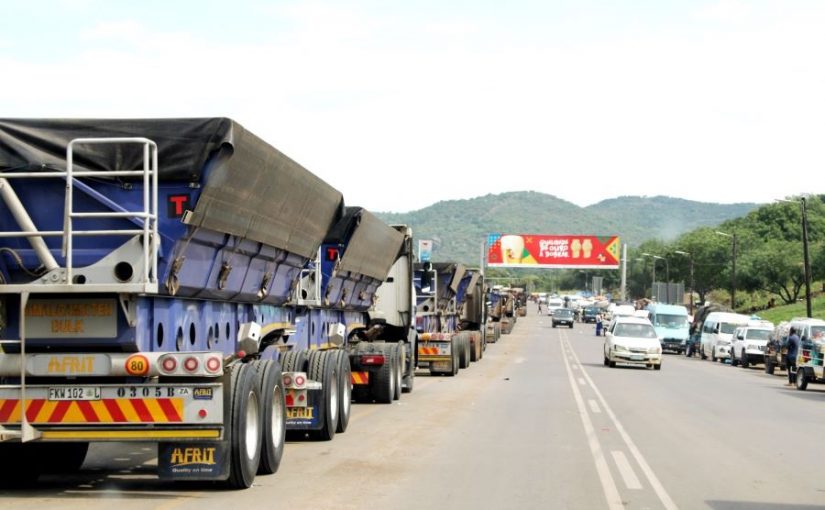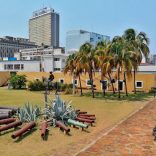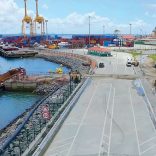Mozambique showcases tourism potential at Africa's Travel Indaba, in Durban
‘One-stop border’ between Mozambique and South Africa to be operational in six months – Notícias

File photo: Notícias
Mozambique is preparing specific legislation for the operation of the “one-stop border post” between Mozambique and the neighbouring Republic of South Africa at Ressano Garcia, expected to become operational in the first half of this year.
The information was released in Komatipoort, South Africa, on Thursday by Permanent Secretary of the Ministry of Transport and Communications (MTC) Ambrósio Sitoe, on the sidelines of a bilateral meeting between the governments of Mozambique and South Africa within the framework of the modernization of border infrastructures aimed at responding to the current dynamics in the logistics sector.
“Today’s infrastructure is a challenge: it does not respond with the fluidity that is expected, but when we start working on the design and completion of the new project we will take into account the results of the pilot one-stop operation,” Sitoe said.
Mozambique has already (last year) approved the entity that will prepare the feasibility study and the design itself, and implement the start of construction.
The country is also preparing specific legislation for the operation of the one-stop border, while on the South African side the instrument for this purpose has already been deposited with that country’s parliament, awaiting approval.
Reforms improve efficiency at the Ressano border
Reforms introduced in the Maputo Development Corridor are already improving the efficiency of operations at the Ressano Garcia border crossing, itself raising challenges.
For example, Sitoe revealed, the number of trucks in transit to the Port of Maputo has increased from 800 to 1,500 per day, sometimes reaching 2,000.
READ: South Africa and Mozambique sign action plan agreement on border management – Watch
South Africa to enlist private firms to ease border congestion – Bloomberg
In this context, both sides need to address the challenge of traffic management in a scenario where, currently, processing is still done twice, with each country having its own procedures and methods, creating inefficiency in the corridor’s performance.












Leave a Reply
Be the First to Comment!
You must be logged in to post a comment.
You must be logged in to post a comment.